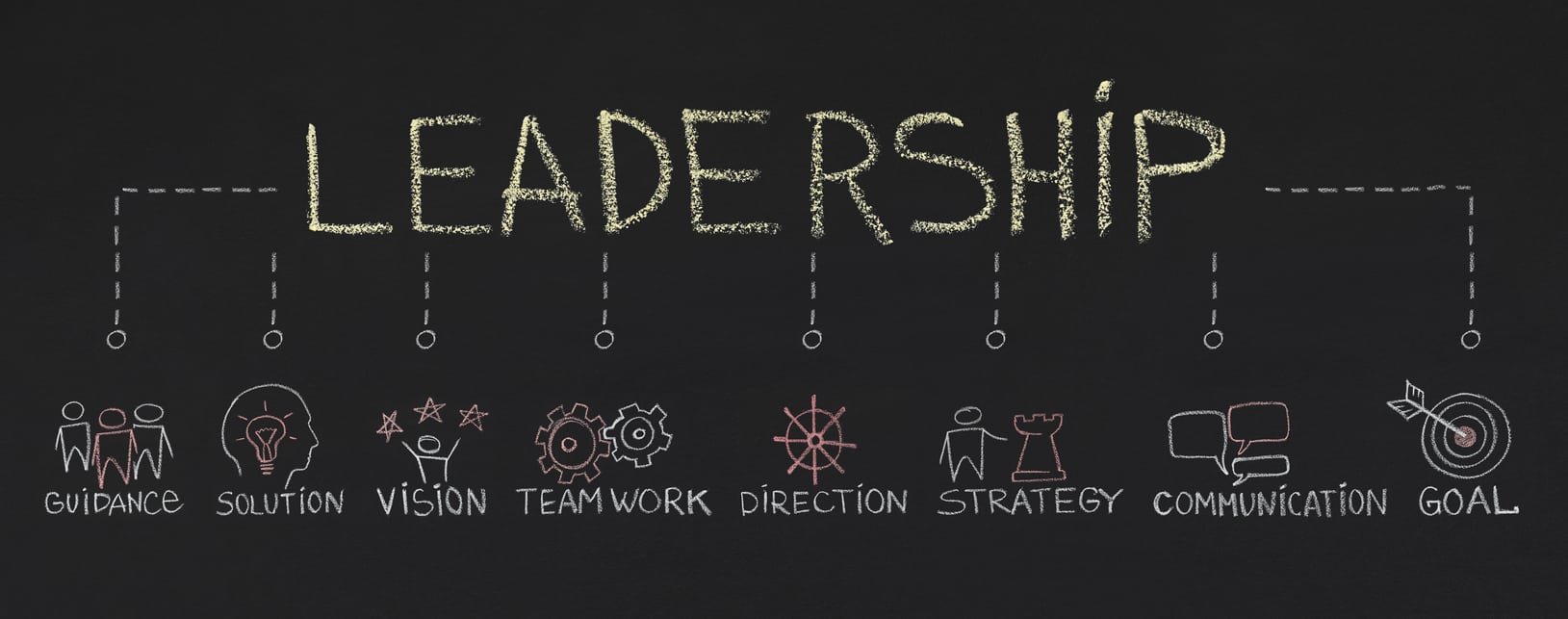Introduction
A leadership philosophy is defined as “an ability of individual or group of individuals to lead a group of people or organization.” Philosophy acts as a guiding principle for behavior upon which decisions, plans, processes, and actions can be built, developed, and applied. A leadership philosophy is a belief system that connects leadership with humanity, core principles, values, morality, discipline, intelligence, and trust.
Leadership is about motivating people by producing opportunities, influencing them to accomplish goals, mission and improving the organization. Leadership philosophies vary depending upon the leader’s goal and approach to accomplish that goal. A leadership philosophy is a guiding statement while leading a team. Leadership philosophy includes:
- Theory
- Attitude
- Guiding principles
- Behavior
Types of Leadership Style
- Autocratic Leadership or Authoritarian Leadership
- Democratic Leadership or Participative Leadership
- Laissez-faire Leadership or Delegative Leadership
- Transactional Leadership or Managerial Leadership
- Transformational Leadership
Autocratic Leadership: Autocratic leadership or authoritarian leadership style has control over all leaders’ implementation and decision-making powers. They make quick decisions without consulting with their subordinates. They are highly disciplined and have a clear viewpoint. Their subordinates execute the leader’s practices and processes. This type of leadership works well where strong, directive leadership is needed. Autocratic style leadership is mostly useful in manufacturing, construction, or military situation.
An authoritarian leader dictates work methods, policies, and procedures; they decide what goals are to be achieved. They make decisions on their own beliefs and don’t involve their subordinates for suggestions or advice. Autocratic leadership is highly effective in small organizations where few people are in a position to make decisions. The decision follows a top-down approach and the responsibility and consequences of making the decisions also lie in the leader. Using an autocratic leadership style creates consistent results.
Democratic Leadership: Democratic leadership consists of the participative roles of members in decision-making. Everyone is allowed to share their ideas, participate in the decision-making process, and encourage discussion. Good democratic leadership builds honesty, courage, intelligence, trust, creativity, and fairness among the subordinates or the employees. This type of leadership style can be applied to any organization.
In democratic leadership, group members can share ideas and opinions, even though the leader retains the final say over the decision. More people working and discussing their thoughts can lead to better ideas, quick decisions, high productivity, and more creative solutions to the problem.
Democratic leadership, also known as shared leadership is, best suited when the employees are skilled and eager to share their thoughts. It also requires lots of time to discuss, develop a plan, and then take the final decision on the best course of action. According to research on leadership style, democratic leadership produces higher productivity among group members.
Laissez-faire Leadership: Laissez-faire leadership or delegative leadership style has a hands-off approach and allows employees to decide. Laissez-faire leadership is used when employees are highly skilled and passionate about their work. A leader needs to feel confident enough to trust their subordinates. The leader provides all the training and support at the beginning of the project, and then group members do their job without being micromanaged.
Laissez-faire leadership requires a highly motivated, knowledgeable, independent, and skilled team who can manage tasks independently. It doesn’t mean that leaders will be handing off all the work to their team, but they need to have a high level of observation. As leaders, they need to keep an eye on the team’s performance, individual effort, any challenges the team faces, and keep a note for the same.
Delegative leadership style makes employees and subordinates feel confident in their work. They don’t feel micromanaged, which helps them to feel relaxed and enjoy their work. Laissez-faire leadership makes employees think out of the box, try new ideas and creativity on the project. It motivates the employees to implement their thoughts and ideas, and they feel excited about showing what they can do.
Transactional Leadership: The transactional leadership or managerial leadership style focuses on supervision, group, and organization performance. Leaders focus on particular duties and use rewards and punishment to prompt employees. In transactional leadership, all employees and subordinates must obey and follow the leader’s commands and instructions. The tasks of subordinates are monitored carefully by the leader.
Transactional leadership is more effective when the problem statement is simple and well-defined. In transactional leadership, the leader sets the criteria for their employees and manages the performance of each employee by determining how well they performed in a structured environment. This kind of leadership works best when workers are motivated with rewards and a penalty system.
In managerial leadership style, helps to achieve the short-term goal quickly, gives consistent results, and maintains the structured environment, even for a large or dispersed organization. It motivates workers through money, recognition, and praise.
Transformational Leadership: Transformational leadership was introduced by James MacGregor Burns. According to Burns, "leaders and followers make each other advance to a higher level of morale and motivation.” Transformational leadership is a style in which leaders motivate, inspire, and encourage employees to create change that will help grow and shape an organization’s future success. In transformational leadership, the leader is involved in the process, helping every team member to reach their goals. Transformational leaders make the group feel energetic and passionate about their work.
Transformational leaders encourage creativity among employees; they support new ideas and opportunities to learn new things. They inspire other workers to fulfill their goals that create a positive impact on the group. They serve as a role model for workers. The groups led by these leaders are successful and loyal to their work.
Transformational leadership leads to the future success of the company. It creates a positive impact on the employees to develop employees into leaders.
Tips for Writing a Leadership Philosophy
- Choose your leadership style: Make sure you know what kind of leader you want to be. It is important to identify and adopt the leadership style. Choosing your leadership style will help you to form a leadership philosophy.
- Choose your role Model: Identify a prominent figure you want to follow and incorporate a few of their goals and values in your leadership philosophies. Taking advice from other leaders can also help to build your leadership values. Ask about the method and processes of their leadership roles. Looking at their leadership style can help you find what you like.
- Identify your goals: It is important to know the goal you want to accomplish before writing your leadership philosophy. Your goal should match your leadership career and your life goal so that everything is consistent.
- Think about your future: Ask a question about yourself about your future as a leader, where do you want to see yourself, what you expect from your team, what you want to achieve, how you would lead your team, how you want to work with your team. These all things will give you a clear idea to establish your leadership framework.
- Talk with your team: As a leader, you should know what the team thinks about you, either you are moving in the right direction or not. Ask the team for an anonymous survey on your leadership style. It will help you know what things you could improve to help you shape a successful philosophy.
A leadership philosophy is important for many reasons. Firstly, it defines your character, i.e., it builds the character that will help you communicate with people in different situations. Secondly, leadership philosophy provides consistency in your behavior and actions. It will help you to focus on the goal you want to achieve. Upskill with Great Learning's Future Leaders Programme and power ahead today!






